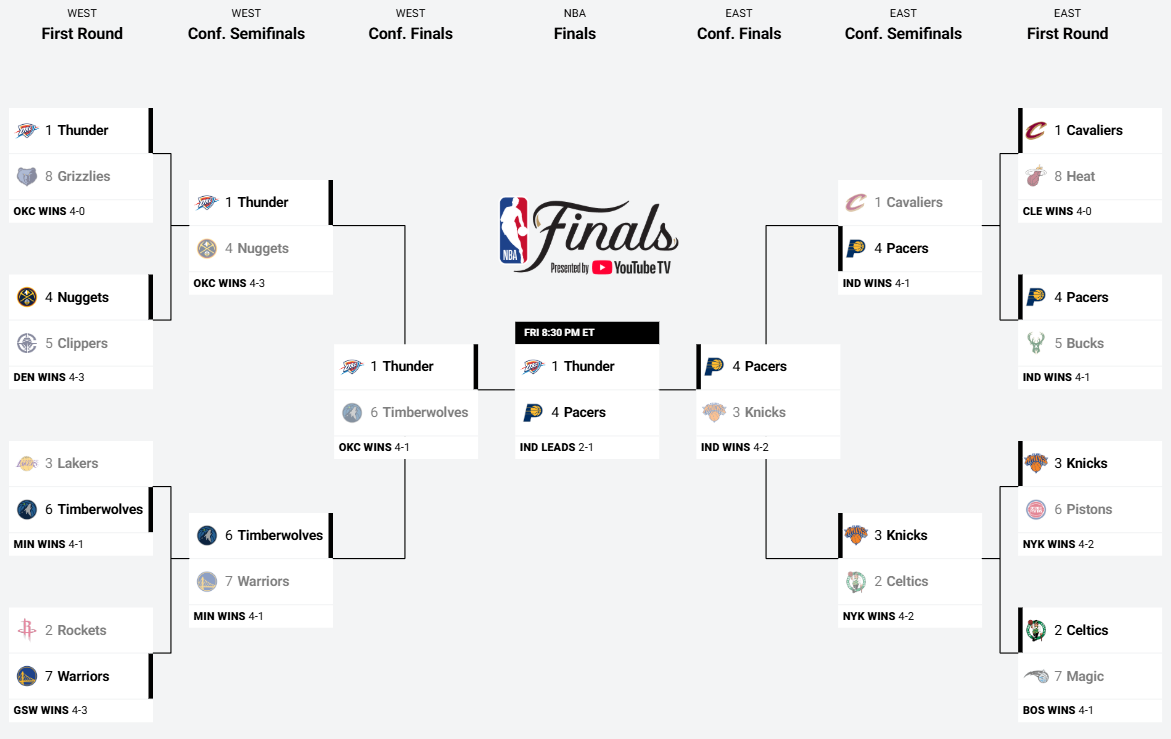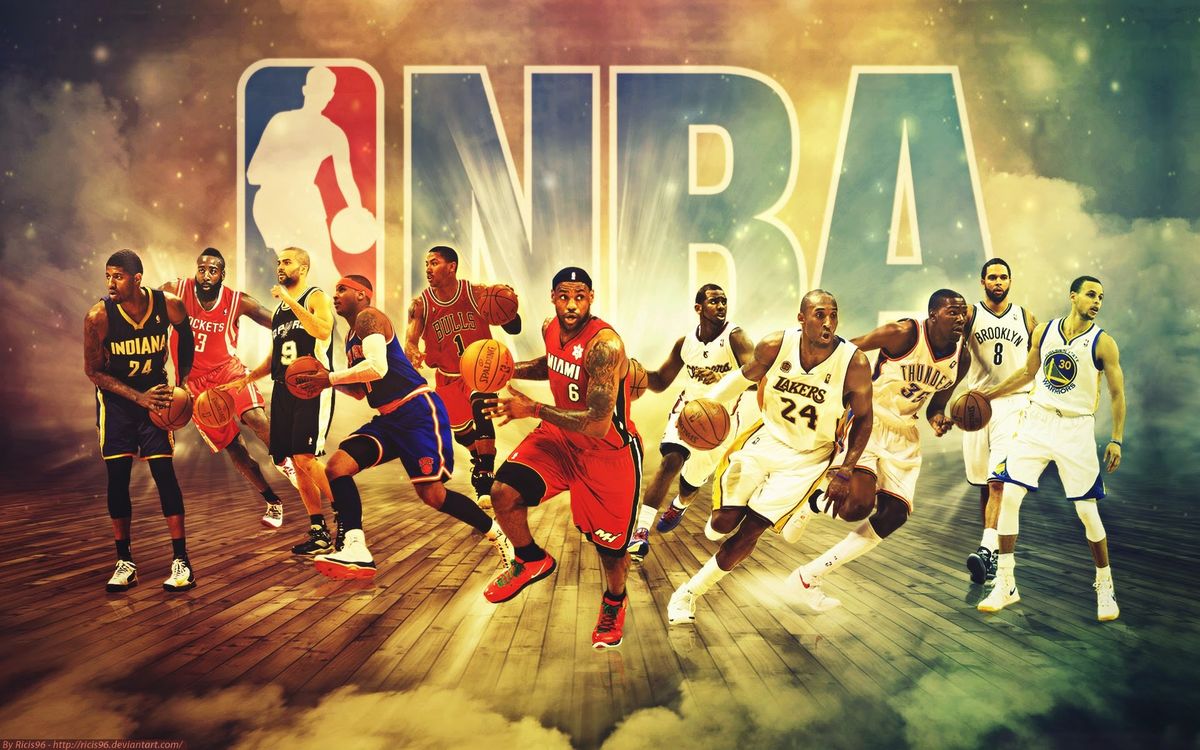Basketball is more than just a sport — especially in the Philippines, it’s a national passion. Whether you’re watching on TV, playing in barangay courts, or following your favorite NBA teams, one question always comes up when playoff season starts: How many rounds are in the NBA Playoffs?
This guide breaks down the complete format, schedule, and rules, making it easy for both hardcore fans and casual watchers to understand how the road to the NBA Championship really works.
What is the NBA Playoff Format?
Structure of the Postseason
The NBA postseason is designed as a multi-round elimination tournament. After the regular season ends, the top teams from both the Eastern and Western Conferences compete in a bracket-style showdown to determine the league champion. A total of 16 teams officially make it into the playoffs, with additional contenders participating in the Play-In Tournament to finalize the seeding.
Evolution of the Format Over the Years
Back in the day, the first round of the playoffs was just a best-of-five series. But as the league grew in popularity, the NBA expanded its format to ensure fairness and increase excitement. Since 2003, every playoff round has followed a best-of-seven format. In 2020, the NBA also introduced the Play-In Tournament, adding another layer of competition and strategy before the main rounds begin.
How Many Rounds in the NBA Playoffs?
Total Number of Rounds: 4 Official Rounds
There are four official rounds in the NBA Playoffs:
- First Round
- Conference Semifinals
- Conference Finals
- NBA Finals
Each round eliminates half of the teams, making the competition tougher as it progresses. Every round is a best-of-seven series, which means the first team to win four games moves on.
Official Recognition of the Play-In Tournament
Technically, the NBA Play-In Tournament is not considered one of the official playoff rounds. It happens just before the First Round and determines the final two seeds (7th and 8th) in each conference. Still, it’s a crucial part of the postseason structure and is treated with high importance by teams and fans alike.
🏆 PLAYOFF PICTURE 🏆
▪️ Winner of MIA/ATL with play #1 CLE
▪️ Winner of DAL/MEM will play #1 OKC#NBAPlayoffs presented by Google begin April 19th! pic.twitter.com/TNjKsldzXW— NBA (@NBA) April 17, 2025
Detailed Breakdown of Each Round

Round 1: First Round — 16 Teams Compete
In the First Round, the top eight teams in each conference face off based on seeding:
- 1st seed vs. 8th seed
- 2nd seed vs. 7th seed
- 3rd seed vs. 6th seed
- 4th seed vs. 5th seed
These matchups can lead to surprising upsets and set the tone for the entire playoffs. Filipino fans love this stage — it’s often where Cinderella stories begin.
Round 2: Conference Semifinals — 8 Teams Advance
The winners of the First Round advance to the Conference Semifinals. Now, only four teams remain in each conference. This round is known for intense rivalry matchups, where small mistakes can decide the outcome of an entire series.
Round 3: Conference Finals — 4 Teams Left Standing
The Conference Finals feature the last two teams from each conference. This round determines who will represent the East and West in the NBA Finals. Emotions run high, and the pressure is unmatched — these games are watched by millions globally, including loyal fans in the Philippines.
Round 4: NBA Finals — East vs. West Showdown
This is the grand finale. The champions of the Eastern and Western Conferences face off for the NBA title in a best-of-seven series. The team with the better regular season record enjoys home-court advantage. Every possession matters, every game is critical — it’s the ultimate test of greatness.
The Play-In Tournament Explained
Why the Play-In Was Introduced
The NBA introduced the Play-In Tournament in 2020 to boost late-season competition and prevent teams from tanking. It allows teams ranked 7th to 10th in each conference a shot at making the playoffs, keeping more fan bases — including Filipino fans of rising teams — engaged until the final day of the regular season.
Structure: 7th vs. 8th & 9th vs. 10th
The Play-In Tournament works like this:
- The 7th seed plays the 8th seed — the winner secures the 7th playoff spot.
- The 9th seed faces the 10th seed — the loser is eliminated.
- The loser of the 7 vs. 8 game plays the winner of the 9 vs. 10 game — the winner claims the 8th seed.
It’s a win-or-go-home scenario for some teams, which makes for high-stakes, thrilling basketball.
Does the Play-In Count as a Round?
Officially, the NBA does not count the Play-In Tournament as part of the Playoffs. It’s a separate pre-playoff stage. However, fans and teams alike treat it with playoff-level intensity because the outcome determines who gets a shot at the championship.
Number of Games Per Round
Best-of-Seven Format
Every official playoff round in the NBA is a best-of-seven series. This means that the first team to win four games advances to the next round. The format is designed to minimize the chances of fluke wins and to reward the better, more consistent team over a series of games.
Changes from 5-Game Series to 7 (Pre-2003 vs. Post-2003)
From 1984 to 2003, the First Round was a best-of-five series. But starting in 2003, the NBA made all playoff rounds — including the First Round — best-of-seven. This change was made to ensure fairness, increase excitement, and give teams more room to recover after an early loss.
2025 NBA Playoffs Schedule
Date Ranges for Each Round (April to June)
Here’s the expected 2025 NBA Playoffs schedule:
- First Round: April 19 – May 4
- Conference Semifinals: May 5 – May 19
- Conference Finals: May 20 – June 2
- NBA Finals: June 5 – June 22
These dates may shift slightly based on how long each series lasts. The NBA Finals, however, start on a fixed date regardless of previous outcomes.
Flexibility Based on Series Duration
One of the unique aspects of the NBA Playoff schedule is its flexibility. If no First Round series reaches a Game 7, the next round can start early. This keeps the momentum of the tournament alive and allows fans to enjoy continuous action throughout the postseason.
Key Rules and Progression Criteria
Home Court Advantage
Home court advantage goes to the team with the better regular-season record. That team hosts Games 1, 2, 5, and 7 — which can be a huge factor, especially in tight series. Crowd energy, travel fatigue, and familiarity with the court all play into this advantage.
Win 4 to Advance Principle
No matter the round, every team must win four games in their series to move forward. This rule creates consistency and adds weight to every win and loss. It also emphasizes the importance of preparation, adjustments, and resilience.
Strategic and Fan Impact
Intensity and Stakes in Each Round
The deeper a team goes, the more intense the games become. Fatigue sets in, the pressure builds, and minor mistakes become game-changing. Filipino fans, known for their basketball passion and deep team loyalty, can appreciate the emotional rollercoaster each round brings.
Why Every Round Matters
Every round in the NBA Playoffs serves a purpose. Upsets can happen at any point, stars can rise unexpectedly, and championship dreams can shatter in a single game. It’s not just the Finals that matter — every round contributes to the overall story of the season.

How the NBA Format Compares Globally
Comparison with NCAA March Madness
The NCAA Tournament — popularly known as “March Madness” — uses a single-elimination format. One loss and you’re out. While it creates thrilling upsets, it doesn’t offer teams a chance to bounce back like the NBA’s best-of-seven series does. The NBA system is designed for consistency and deeper storylines.
Comparison with FIBA and EuroLeague Playoffs
International basketball tournaments like FIBA World Cup or EuroLeague have a mix of group stages and knockout rounds. These formats are shorter and more condensed, but they don’t quite match the drama and strategic layers of the NBA’s four-round system. Filipino fans who follow Gilas Pilipinas and global leagues may find both formats exciting — but different in experience.
Historical Shifts in NBA Postseason Format
The Evolution Since the 1980s
In the 1980s and 1990s, the NBA Playoffs had shorter early rounds and fewer teams. Over time, as the league grew in talent and global reach, the format expanded. More teams now qualify, and the consistent use of seven-game series ensures more accurate outcomes — and more entertainment.
Addition of Play-In in 2020
Originally introduced for the 2020 pandemic bubble, the Play-In Tournament was so successful that the NBA kept it as a permanent feature. It creates extra drama and makes every regular season game matter more — something many fans, including those in the Philippines, truly appreciate.
Common Fan Questions Answered
Why Isn’t the Play-In Counted as a Full Round?
Because it’s technically not part of the 16-team playoff bracket. It’s a qualifying event that determines who fills the final two playoff spots in each conference. But in terms of intensity, it’s just as competitive as any playoff round.
Can a Team Play Fewer Than 28 Games and Still Win It All?
Yes. If a team sweeps each series 4-0, they would only need 16 games to win the NBA Championship. But that’s extremely rare — most champions play 20–24 games on average.
What’s the Role of Seeding in Round Matchups?
Seeding determines matchups and home court advantage. Higher-seeded teams face lower-seeded teams and get more home games. That’s why teams push hard during the regular season — to secure favorable playoff positioning.
Conclusion
So, how many rounds are in the NBA Playoffs? The answer is clear: four official rounds — First Round, Conference Semifinals, Conference Finals, and the NBA Finals. Plus, the Play-In Tournament acts as an exciting prelude that shapes the playoff picture.
Whether you’re a long-time basketball fan or a new viewer in the Philippines just discovering the magic of the NBA, understanding the playoff structure adds more depth to your watching experience. Now, every round, every matchup, and every buzzer-beater will mean even more.
Follow each game, support your favorite team, and enjoy the most thrilling stretch of basketball the world has to offer.

